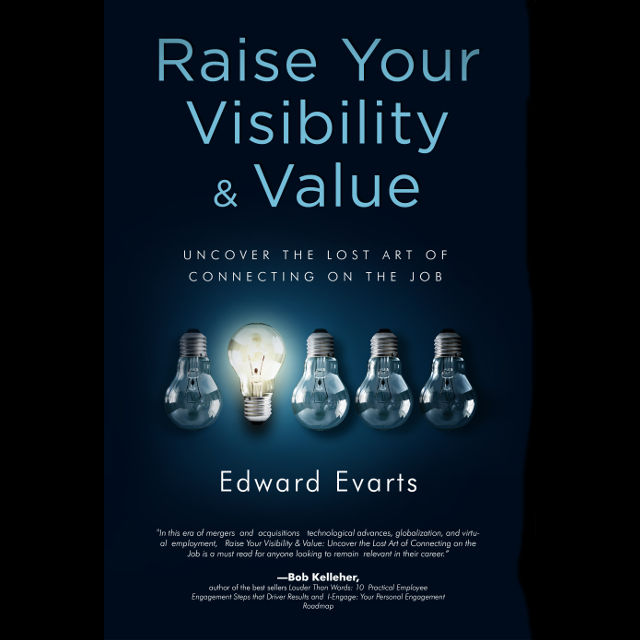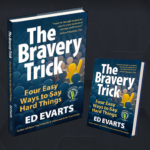
by Ed Evarts | Mar 29, 2018 | Visibility and Value
When I assert that you must achieve more than just doing your job well, I am not suggesting that doing your job well is not important. Conversely, in today’s excruciating work environments, good performance is expected. Your organization is finding less time and...

by Ed Evarts | Mar 27, 2018 | Introduction, Visibility and Value
Our first visibility accelerator is “Introduce Yourself.” Learn the importance of introducing yourself effectively and making a good impression. ~~~~~~~~ Ed’s new book, Raise Your Visibility & Value: Uncover the Lost Art of Connecting on the Job is now...

by Ed Evarts | Mar 22, 2018 | Visibility and Value
The head-spinning advances in technology, endless bottom-line financial pressures, and growing networks of global economies described earlier demand a need for superior performance and sustainable efficiencies. Organizations aspire to motivate their employees to...

by Ed Evarts | Mar 20, 2018 | Visibility and Value
In the Raise Your Visibility & Value model, “Value is when the outcome of a situation exceeds the cost incurred by a satisfactory margin.” In our last two posts, we addressed the meaning of the terms “outcome of a situation” and “cost.” Today,...

by Ed Evarts | Mar 15, 2018 | Visibility and Value
In the Raise Your Visibility & Value model, “Value is when the outcome of a situation exceeds the cost incurred by a satisfactory margin.” In our last post we addressed the meaning of “outcome of a situation.” Today, let’s discuss...











